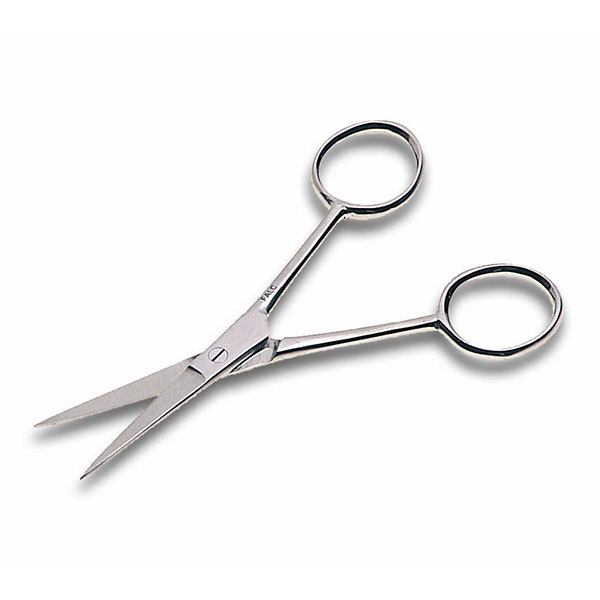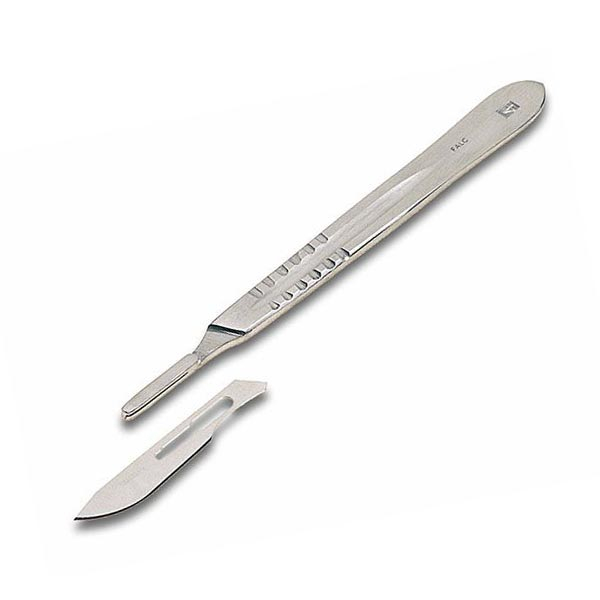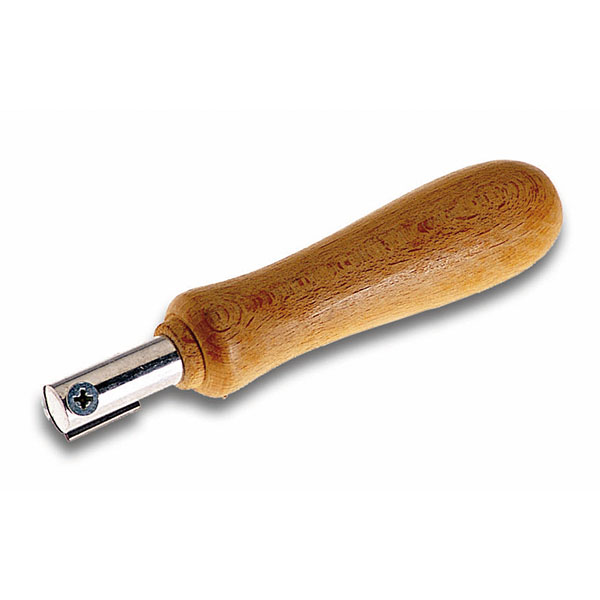In a chemical laboratory, objects are used daily as working aids. They can be essential for the success of a procedure, which is why they must be high-performance. These tools, including scissors and various types of blades, are used for numerous purposes depending on their size and characteristics.
Shears
In the laboratory, scissors are mainly used to cut various materials. Scissors are generally made of stainless steel. They are very common items and are used for numerous purposes.
For example, surgical scissors are small in size and are used for operations involving fragile materials and small dimensions. With similar characteristics are the scissors with spread legs and short straight legs. However, there are larger scissor models, which are used when the size or nature of the material to be cut requires it. Finally, there are even stronger shear models.
What characterises the various scissors models, in addition to their size, are the length of the blades and the material of the handles. The blades are all the more precise the shorter they are. The handles, on the other hand, can be coated in plastic materials for a better grip. A common feature when greater effort is required.
Handles
When maximum precision is needed when making an incision, scalpels are used. Different models are also produced for scalpels, with different characteristics, depending on their use. Their handle is usually knurled to make them easier to grip. They are generally made of stainless steel, however, there are also disposable models with a plastic handle. This type is usually sold in several pieces per box. Finally, there are also more sophisticated models, where the blade can be changed, depending on use.
Cutters
Cutters are extremely common because of their practicality and manageability. They are used for various purposes, such as cutting scotch tape and paper, but also in handling plastic containers. They are also referred to as 'cutters'.
Other tools
Finally, there are many other tools used in the laboratory for the purpose of cutting materials. For example, the diamond-tipped pencil is used for marking tubes or glass plates. Or knives used for cutting cork and rubber tubes. There are also knives for cutting glass tubes using a spring system. This particular type of knife is equipped with a Widia wheel that allows glass tubes up to 33 mm in diameter to be cut.
.























